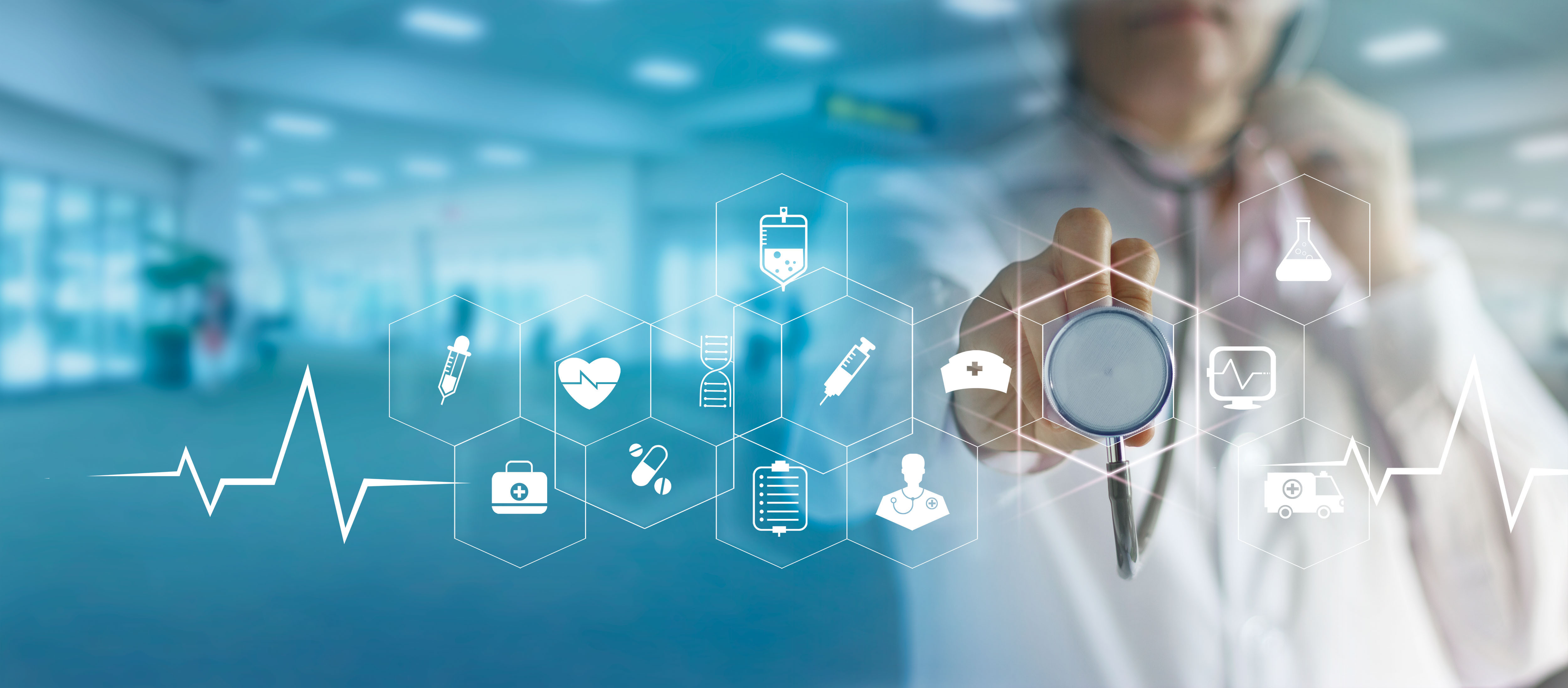Dec 4
2021
6 Ways Technology Is Helping The Health And Wellness Industry

A few decades ago, very few people had imagined technology being incorporated into the health care industry besides the usual hospital technology. But thanks to scientists and innovators, the narrative has changed.
Technology in the health industry has enabled society to handle health and wellness better and with more precision than ever before. For instance, in the past, one would have to physically go to the doctor’s office to get their vitals checked. This is not the case anymore. More options are now available, thanks to technology.
The adoption of technology by the health and wellness industry has become a game-changer for the industry. If you want to lose weight, there are fitness trackers, calorie counters, smart scales, online exercise programs, and meal delivery services to help you out. If you’re in Toronto, for example, there are meal plans Toronto available online if you want to get nutritious meals delivered right to your doorstep.
Here are six ways in which technology is helping the health and wellness industry:
- Better Diagnosis
Diagnosing a patient is the most critical step in providing proper care and treatment. The evolving technology has made this part easier. Artificial intelligence (AI) can now diagnose you as an individual, rather than relying on common symptoms to diagnose an illness. It looks at your genetic composition, potential hereditary diseases, immune system, and other vitals. With this information, an AI can offer a more precise diagnosis for patients.
Previously, it was difficult to get a patient’s complete medical history due to the amount of paperwork involved. Some records could get lost in the storage, which could result in the possibility of diagnostic errors. However, technology has enabled an online storage system where no physical records are required, apart from using them as backup storage. Once you visit a hospital, all your records—including prior visits to the hospital and medications—are updated in the system under your name. This makes it easier for your doctor or any other doctor with access to your records to learn your medical history, properly diagnose you, and prescribe the right treatment.